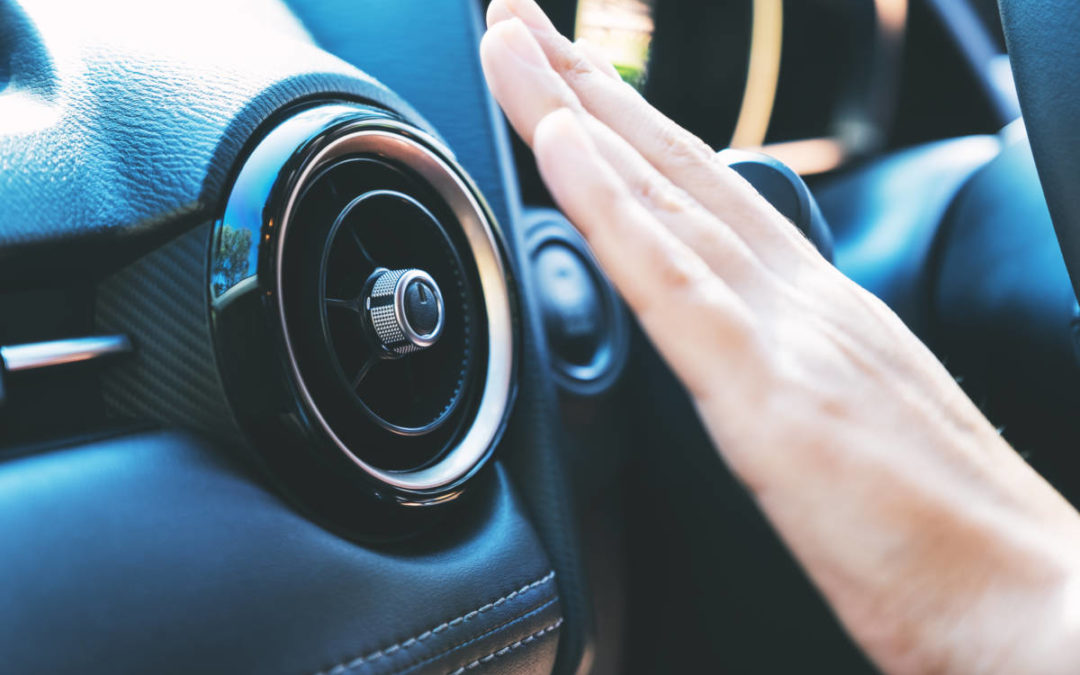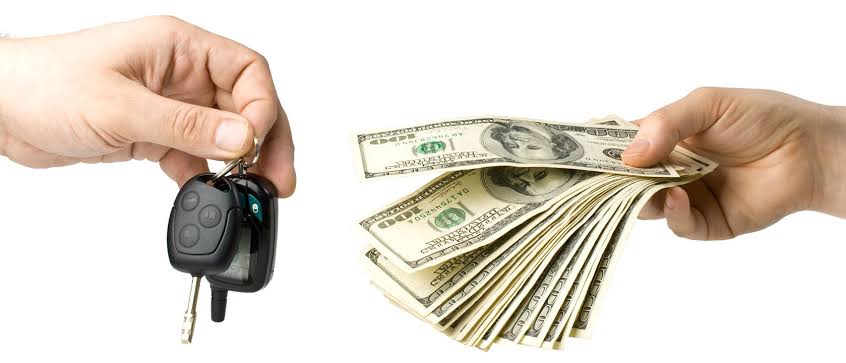The cabin air filter does exactly what its name implies: filters the air inside your vehicle’s passenger compartment.
If you don’t have one, it can expose you to dust, pollen and other airborne irritants as you drive down the road. A clogged cabin filter could even affect the performance of your car’s heating and cooling system.
A cabin air filter is often overlooked during regular vehicle maintenance, but it should be changed every year or two (depending on the type you have), just like your engine air filter.
Not changing your cabin air filter when scheduled could allow dirt to enter the passenger compartment and affect other systems in your car. For example, if dust builds up in the evaporator case drain channels, water may not drain properly from the AC system, leading to costly repairs at an auto repair shop.
Additionally, changing your cabin air filter can improve your driving experience because it will help reduce allergens inside the vehicle while improving airflow through the heating and cooling vents. This will give you more control over climate settings to achieve the desired temperature faster and more efficiently.
What is a Cabin Air Filter?
A cabin air filter is designed to trap pollen, dust and other debris as it passes through your vehicle’s heating, ventilation and air conditioning (HVAC) system. The cabin air filter may also be referred to as an HVAC filter or pollen filter.
Cabin filters are usually made with pleated paper and can vary in their efficiency and capacity for trapping particles (measured by a MERV rating). Higher-quality filters will generally have a higher MERV value than lower-quality ones.
Some manufacturers include replacing the cabin air filter as part of a regularly scheduled maintenance plan under the “recommended” schedule found in your owner’s manual. This is a good idea because a clogged cabin air filter can reduce airflow, which will reduce your car’s ability to heat or cool the cabin as needed.
In other cases, you may only be able to check and change this filter yourself. For example, if it is located behind the glove compartment or housed inside the HVAC system itself.
Checking and changing the cabin air filter on some vehicles requires unfastening screws or panels so you can access and remove the old one. After checking or replacing the filter, reverse these steps to secure everything back into place.
It can vary depending on your vehicle and where you choose to access and replace your car’s cabin filter.
Where is the Cabin Air Filter Located?
The cabin air filter is usually located behind the glove compartment or inside your car’s heating and cooling system.
Some vehicles require you to remove screws or panels to access the cabin air filter. Others may only require you to open a small door on the outside of your car’s HVAC system, which will expose the existing filter for removal and replacement with a new one.
To determine if your vehicle has a cabin air filter and where you can find it, consult your owner’s manual or ask an automotive technician at an auto repair shop. Additionally, most parts stores like AutoZone also offer free advice on checking and replacing this in some makes and models.
How Much Does a Cabin Air Filter Cost?
A cabin air filter can cost anywhere from a few rands to a little over R1500. This depends on the type you need and whether or not your car is equipped with an in-car air filtration system. If you have allergies, it’s best to consult your owner’s manual for information on recommended types of filters and replacement schedules.
How Often Should I Replace my Cabin Air Filter?
You should change cabin air filters every 12 months or 12,000 km(whichever comes first), but this can vary depending on where you live (e.g., areas with more severe weather) as well as the quality of the filter itself. For example, if you spend significant time driving on dusty roads, your filter will likely get more clogged sooner. For this reason, some drivers choose to change their cabin air filters more frequently (e.g., every six months or 8,000 km) to help reduce allergens inside the vehicle while improving airflow through the heating and cooling vents.
Are Cabin Air Filters Necessary?
Yes, cabin air filters are necessary because they can trap pollen, dust and other debris as it passes through your vehicle’s heating, ventilation and air conditioning (HVAC) system. A clogged cabin filter reduces airflow, which will not only affect your car’s ability to heat or cool the cabin as needed but can also cause issues with defrosting windows.
If you live in an area with trees or other foliage, pollen can also cause cabin air filters to become clogged quickly. Thus, getting a high-quality filter and replacing it regularly is essential for improving your driving experience.
Are Cabin Air Filters Good for Driving Allergies?
If you suffer from allergies such as hay fever or pet dander (e.g., cat litter), then having a clean cabin air filter is very good for your health. For example, some drivers who have cats choose to keep their HVAC systems on “recycle” even when the car is turned off to help remove allergens and odours that might otherwise linger inside their vehicles.
Final Thoughts
A cabin air filter filters the outside air entering your vehicle’s heating, ventilation and air conditioning system. Although they can vary in price based on where you buy them and whether or not your car has an in-car air filtration system, a standard cabin filter typically costs between R150 and R1500. Cabin air filters should be changed once every 12 months or 15,000 km (whichever comes first), depending on environmental factors such as driving conditions, quality of the filter itself and where you live. If you suffer from allergies, having a clean cabin air filter is very good for your health because it helps reduce allergens inside your vehicle.


